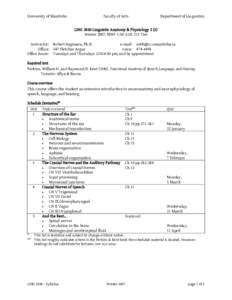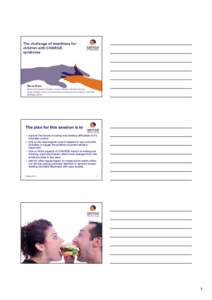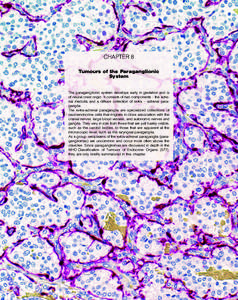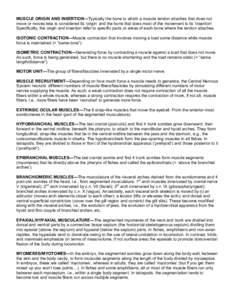<--- Back to Details
| First Page | Document Content | |
|---|---|---|
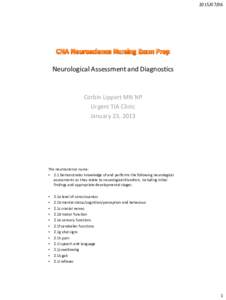 Date: 2015-07-06 16:11:38Neuroanatomy Cranial nerves Medicine Nervous system Glossopharyngeal nerve Corneal reflex Lateral rectus muscle Glasgow Coma Scale Trigeminal nerve Abducens nerve Facial nerve Extraocular muscles |
Add to Reading List |
 Neurological Assessment and Diagnostics Corbin Lippert MN NP Urgent TIA Clinic
Neurological Assessment and Diagnostics Corbin Lippert MN NP Urgent TIA Clinic